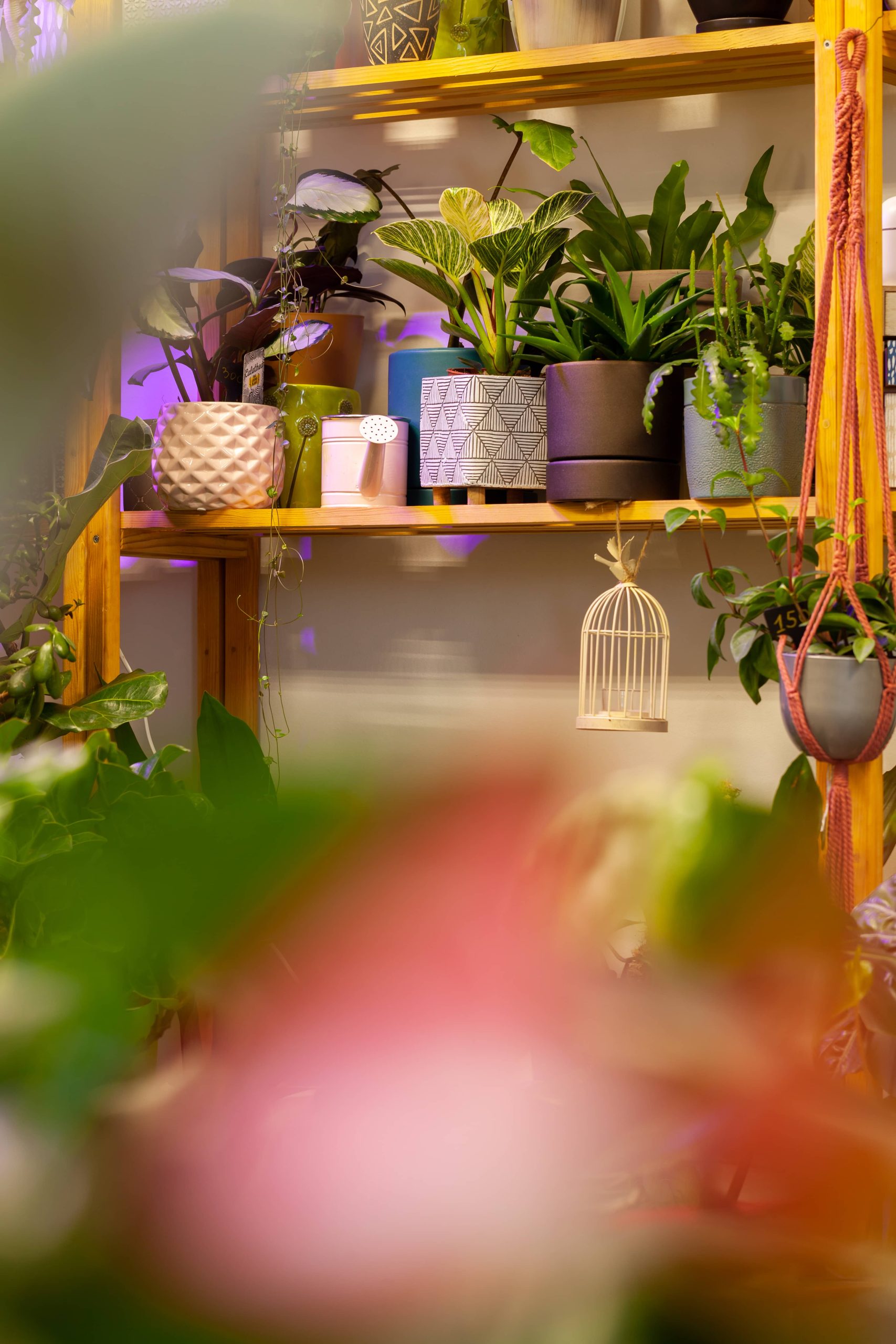
Indoor gardening has become an increasingly popular hobby. It offers a beautiful, green respite from the rigors of modern life, bringing a touch of nature into our homes. Houseplants not only boost your space aesthetically but also contribute to improved indoor air quality. However, like all living organisms, these plants are not immune to problems—chief among them, pests. When pesky invaders infiltrate your verdant interior landscape, it can be distressing. But fear not, this blog post is dedicated to arming you with effective methods to control indoor plant pests, ensuring that your indoor garden continues to thrive.
Understanding Common Indoor Plant Pests
Before diving into control methods, it’s crucial to understand what you’re battling against. Here are some common pests that could invade your indoor garden:
– Aphids: These tiny insects suck the sap from plants, causing leaves to curl and wilt.
– Spider Mites: Practically invisible to the naked eye, these pests weave fine webs on plants and can cause stippling on leaves.
– Mealybugs: Recognizable by their white, cottony masses, they often cluster on stems and leaves.
– Fungus Gnats: Small black flies that hover around the plant, but it’s their larvae in the soil that are most problematic, feeding on roots and organic matter.
– Scale Insects: They appear as small, crescent-shaped bumps on leaves and stems, sucking sap and excreting honeydew, which can lead to sooty mold.
Natural Control Methods
1. Manual Removal: Start with the simplest method. For larger pests like mealybugs or scale insects, a cotton swab dipped in rubbing alcohol can be used to remove them. Regularly inspect your plants and manually remove any visible invaders you find.
2. Neem Oil: This natural pesticide is derived from the seeds of the neem tree. Mix two teaspoons of neem oil with a teaspoon of mild dish soap in a quart of water. Spray your plants thoroughly, including the undersides of the leaves, where pests often hide. Repeat every week until the pests are gone.
3. Insecticidal Soaps: These soaps are specifically formulated to control pests without harming plants. They break down the waxy outer covering of soft-bodied insects like aphids and spider mites, causing them to dehydrate. Ensure you follow the instructions on the product label for the best results.
4. Beneficial Insects: Although more common in outdoor gardening, introducing beneficial insects like ladybugs or predatory mites into greenhouses can help control pest populations. They selectively target pests without harming your plants.
5. Diatomaceous Earth: This is a natural powder that works by dehydrating and ultimately killing pests. Sprinkle it on the surface of the soil to control insects like fungus gnats. Ensure the powder remains dry—as it loses effectiveness when wet.
Cultural Control Techniques
1. Proper Watering Practices: Overwatering is a common cause of pest problems. It creates a moist environment perfect for the reproduction of insects like fungus gnats. Allow soil surfaces to dry out before the next watering session.
2. Optimum Air Circulation: Ensure that your plants have good air circulation. Poor air circulation can create stagnant conditions that are ideal for pests. Use fans or keep windows open when possible to increase airflow.
3. Healthy Soil Practices: Regularly check your plants for root rot and ensure proper drainage. Use sterile soil mixes to prevent introducing pests during potting. Consider using a quality potting mix that has been pasteurized to kill any potential pests.
4. Pruning and Isolation: Trim off heavily infested areas to prevent pests from spreading. Isolate new plants for a few weeks to ensure they are pest-free before introducing them to your other plants.
Chemical Control Approaches
When natural and cultural methods aren’t enough, sometimes chemical intervention becomes necessary. It’s always important to use chemicals as a last resort and with extreme caution to avoid harming your plants or the environment.
1. Synthetic Pesticides: Products available at garden centers can be effective. Always follow the instructions and ensure appropriate use inside homes.
2. Systemic Insecticides: These are absorbed by the plant and distributed throughout its tissues, targeting pests that feed on the plant. While effective, they require careful handling and application. Always follow label instructions and consider if the solution is appropriate for use indoors.
Regular Monitoring and Maintenance
Regardless of which method (or combination of methods) you choose, regular monitoring and maintenance are critical to keeping pests at bay. Regularly inspecting your plants will allow you to catch an infestation early before it gets out of control. Make it a habit to clean leaves gently with a damp cloth and remove any dead leaves or debris where pests can hide.
Indoor gardening is a truly rewarding experience, offering solace and satisfaction to many. While the presence of pests can be a challenge, it isn’t insurmountable. By employing these effective methods for controlling indoor plant pests, you will be better equipped to maintain a healthy, flourishing indoor garden. Remember, a vigilant gardener is a plant’s best defense against the tiny terrors threatening to take hold. Keep your garden green, vibrant, and pest-free!













